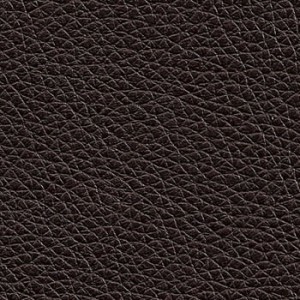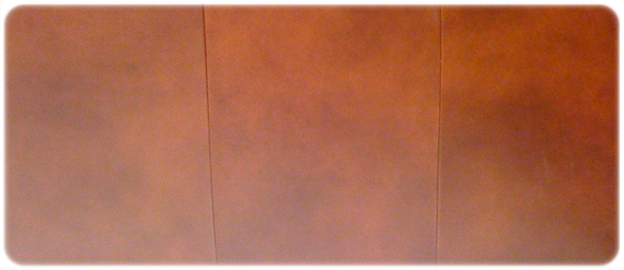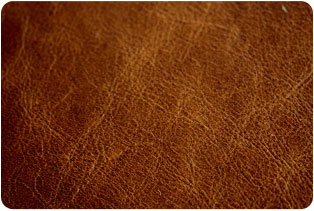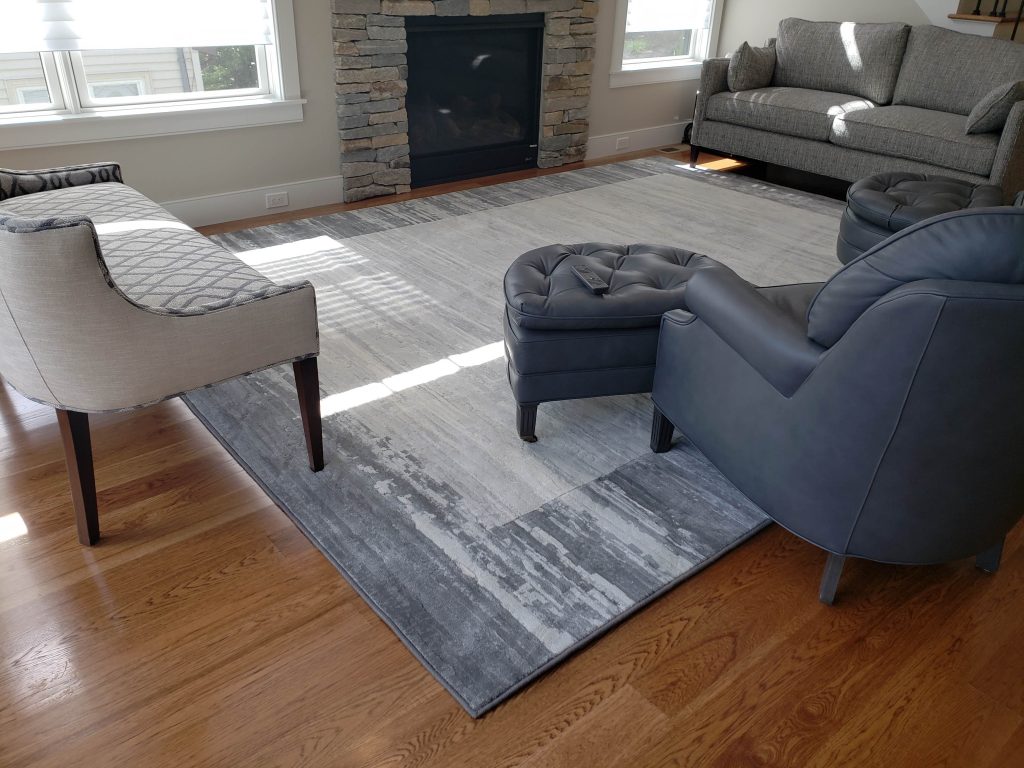Make a smart choice when buying leather furniture by knowing how to choose quality pieces that will last as long as you want them to.
Leather is so versatile. It can be masculine, worn, and rustic or chic, slick, and modern. It all comes down to the finish and style. No matter the style, the warmth and feel of leather furniture can add a feeling of depth and quality to any room, but perhaps it’s overwhelming to know which leathers will last the way you want them to, especially when you want to invest in quality furniture pieces that will last.
Know the Leather Lingo Before Buying Leather Furniture
Before you begin buying leather furniture, it’s always helpful to know about the different leather options. Leather furnishings all begin through the process of tanning, which begins with a cow hide and transforms it into smooth, supple leather of the sort. This type of leather can be used for furniture upholstery. Because it is a laborious process, there are a range of grades and types that determine the price, possible uses, and lasting quality of the finished piece.
Buying Full-Grain Leather Furniture
This leather comes from the outermost layer of the hide, and is the strongest portion. When the hide is separated into two or three layers, the outermost layer is called the “Full-grain”, whereas the layers below are known as “splits” or sometimes “genuine.” This leather has lots of natural irregularities and imperfections that, over time and with use, yield a leather with a lot of character and patina.
Buying Top-Grain Leather Furniture
This leather also comes from the outermost layer of the hide, underneath the “full-grain.” This leather has been sanded or buffed to remove imperfections.
Split Grain Leather Furnishings
This bottom layer of the hide is as durable as the Top-grain, but not as supple.
Corrected Grain Leather
Is created when Top-grain leather is sanded down. This will smooth out some of the natural markings and characteristics. A consistent grain pattern is then embossed into the leather.

Leather-vinyl Match
This more affordable alternative to all leather furnishings typically uses Top-grain leather on the seat and arms and matching vinyl on the sides and back.
Pure-aniline Leather
This is the softest and most flexible of leathers, and is sometimes called “naked leather.” It boasts the richest natural color of all the leathers but also has the least innate resistance to stains, therefore it would not be the wisest choice for homes with children or pets.
Semi-aniline Leather
This is Top-grain leather than has been given an extra protective coat. It will still have the softness and beauty of natural leather, and is sometimes called “protected aniline.”

Aniline Leather Furniture
This term refers to leather that has been dyed with transparent aniline dyes that protect the leather yet allow natural grain to show through. This results in one of the highest-quality leathers, as only the finest hides are chosen for this process.
Distressed Leather Furniture
Also known as “antiqued,” this technique gives new leather an aged and worn look.
Pigmented Leather Furniture
Leather that is treated with a coating that covers imperfections and yields consistent color and texture. This coating increases durability but can make the leather less supple.
Pull-up Leather
This term describes the process when full-grain aniline-dyed leather is waxed or oiled and then pulled. This yields lighter and darker areas that give it an aged finish and greater depth of color.

Bonded Leather
Another affordable alternative. Bonded leather is a blend of polyurethane, polyester/cotton, and leather. These materials are bonded to the back of fabric. The result is a soft feel, pleasing texture, and strong durability. If you’re considering leather furniture, but are tempted to go with bonded leather because of the affordability, consider this comparison with genuine leather.
The Touch Test
As with most furniture purchases, it’s important to take your time and see things in person. Consider the furniture construction quality and use your senses to really study the piece before you purchase. Touch the surface of the leather on all surfaces; don’t just sit down and rest your arm on the armrest! Wear comfortable clothing and get cozy, just like you would at home before deciding to purchase leather furniture. Don’t be afraid to ask questions about what kind of leather was used. Ask what kind of care it might require, and whether there might be feedback about how similar pieces have fared for others who have previously purchased it.

All About Interiors
Leather — It’s Not Just for Sofas
When many people think of leather furniture, they often imagine a sofa or recliner, but there are many other options available if you want to bring the unique look of leather in your decor. Benches, bar stools, ottomans, and dining room chairs are also readily available.
You can even go more unconventional and invest in leather covered accent pieces, headboards, and cabinets.
Designer Lori Dennis has used white leather for the headboard and bed skirt.
Decorating With or Around Leather Furnishings
Do you already have leather furniture but are unsure of how to decorate in a way that reflects your style and highlights the beauty of the leather? Make the most of the furniture you want to keep and provide style solutions in choosing new pieces to give you the look you want. Here are a few more tips to help you in decorating with a leather sofa.
Are you a leather furniture lover? Where could you use a leather piece to lend your room a touch of warmth?
Article content pulled from the Fall 2014 issue of Your Home published by Pilgrim Furniture City.

